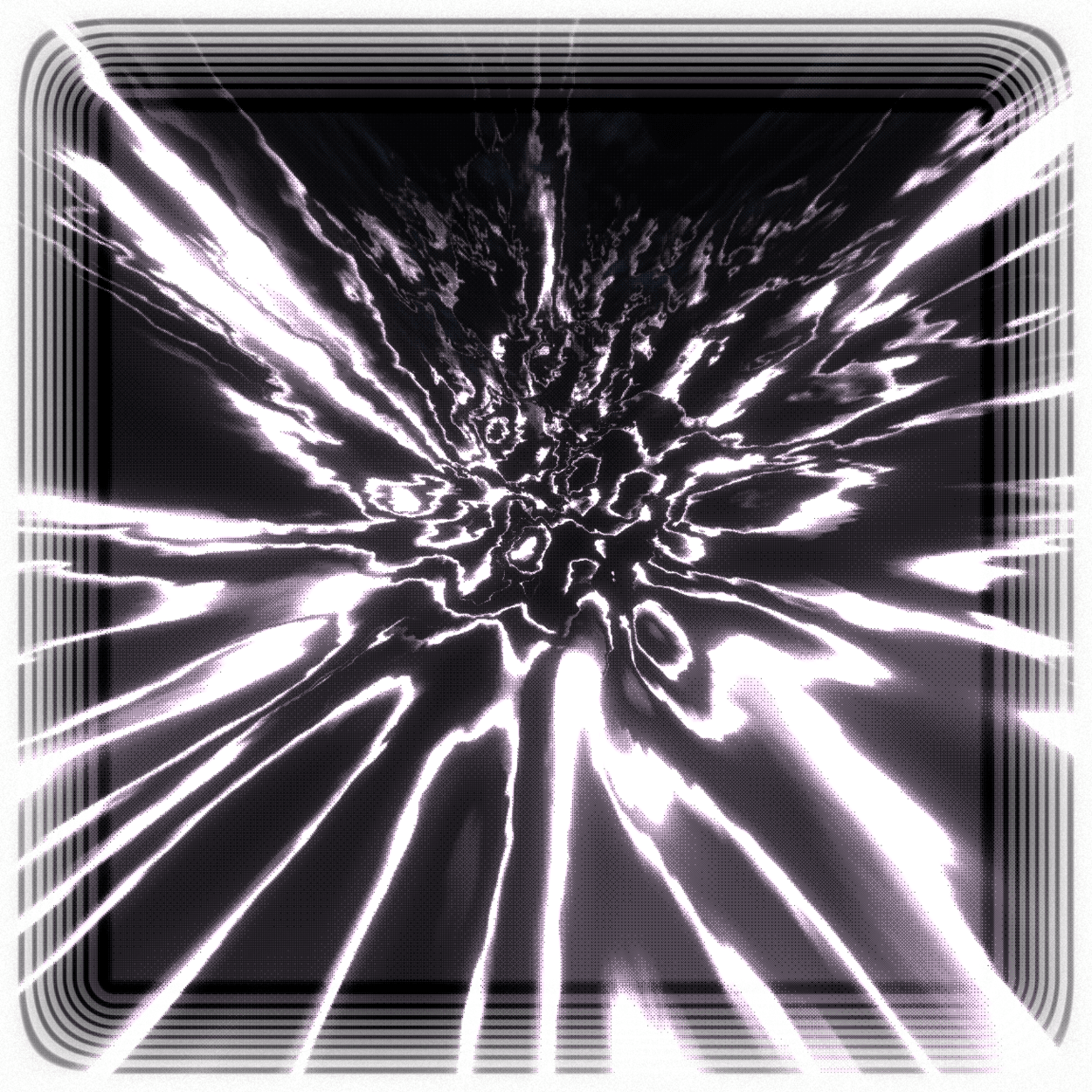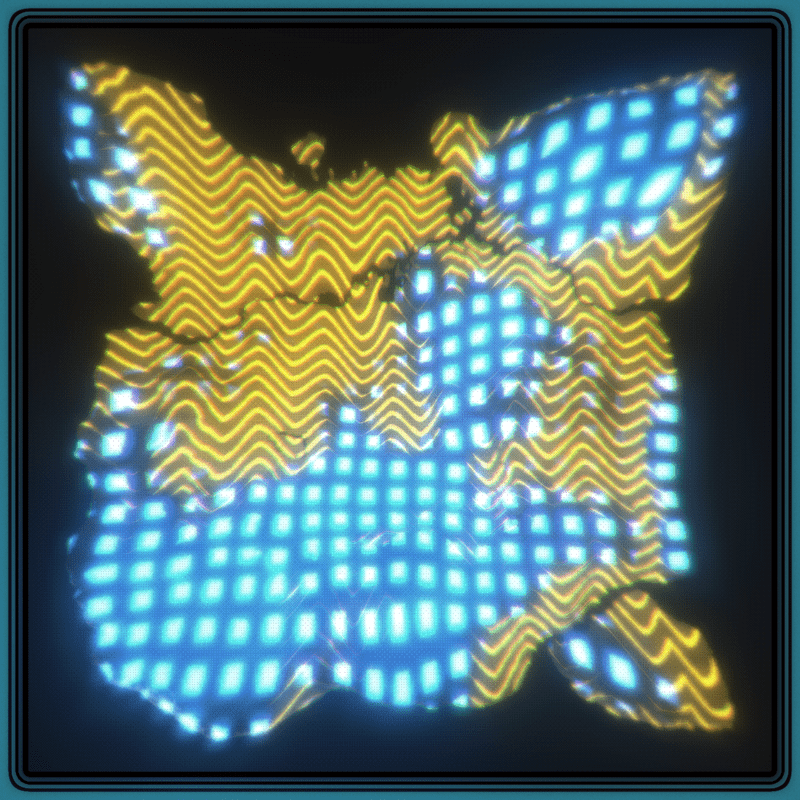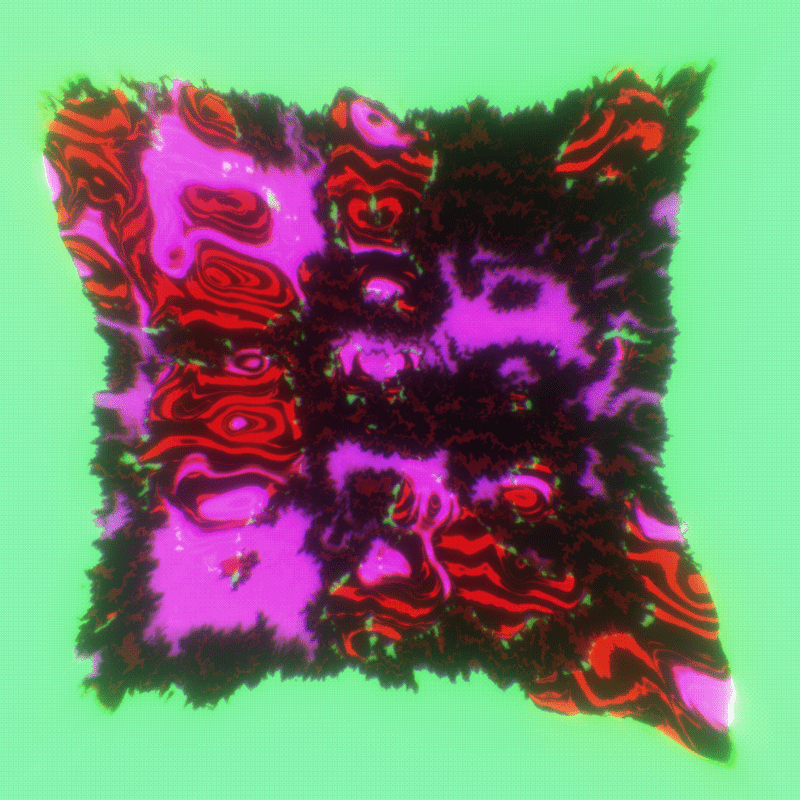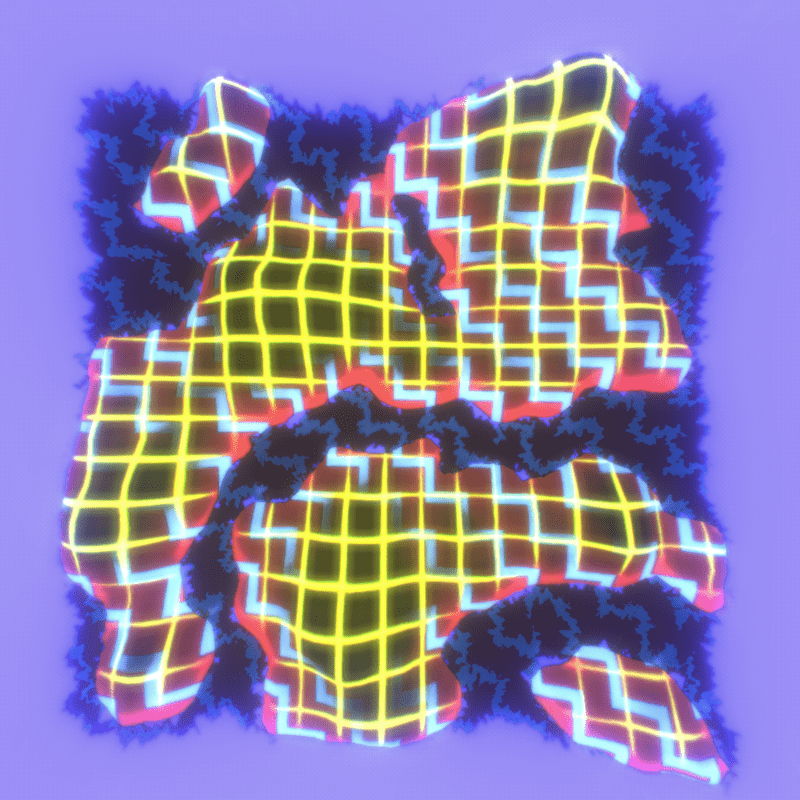Invitation to a Rugging
An enthusiastic community formed around a game that may never be playable.

Digital media, like analog media, is material. It takes up space. The scale at which it does so, of course, is vastly smaller. One thousand books take up ten feet of tall shelving, or if they’re digital, one gigabyte—a fraction of a flash drive. The smallness and speed of digital media allows us to collapse space, to communicate and congregate across vast distances, sometimes in text-based interfaces, sometimes with photo or video capture, sometimes in lushly rendered 3D models of virtual worlds. Because of the smallness of digital media, the expanses of these online spaces seem limitless. Blockchain offers a corrective to that. It’s another spatial imaginary, one that reminds us that the worlds created by code, while certainly vast, are finite. The blocks that comprise it have a threshold on the amount of code they can contain. Even the defining metaphor of a block evokes a spatial limitation.
The defining metaphor of a block evokes a spatial limitation.
The artist and architect FAR has concerned himself with the idea of virtual space, the metaphors used to comprehend it, and methods of building it. His new collection Flares (2024) plays with the idea of “terraforming” virtual space—making the spatial dynamics of code as palpable as the world we live in. To this end he has mixed a variety of nature-simulation algorithms, such as Perlin noise, a function often employed in CGI to give landscape imagery a more realistic feeling by approximating the randomness of geological and biological systems. But the outputs don’t look like the world as we know it. Instead, Flares asks us to grapple with the specific ways in which the computer models and structures space, and to imagine what virtual worlds can be when not designed with the goal of representing the physical one.

This has been an ongoing project for FAR. Solids (2022) is a collection of buildings designed for the metaverse. Colorful and angular, each structure has details that scale easily. FAR emphasized portability in this collection. There are number of metaverses, each with their own design standards and technical specifications; what does it take to make a universal structure that can serve as a gateway between different worlds? He made his Solids available for download as obj files, the standard format for 3D objects, to be imported into any metaverse. Virtual space already collapses distance—so why not aspire to an architecture that further increases ease of access and encourages virtual travel? Innerscapes (2011/2021), his thesis project at the Southern California Institute of Architecture in Los Angeles, proposes that the inner life of the architect has as much significance as the outer features of his resulting work, and renders ethereal vistas of red mountains and hard-edged shapes floating in mist to evoke that idea.
Virtual space already collapses distance—so why not aspire to an architecture that further increases ease of access and encourages virtual travel?
Just as Innerscapes investigates the contours of interiority, Flares sensitizes us to the distinctive textures of algorithmically generated worlds. The colors in Flares are boldly artificial, backlit and glowing to emphasize the alien qualities of the textures that unfold in three virtual dimensions. There are cellular schema and warped compositions of interlocking lines. These are like excerpts of larger surfaces, with fringed edges suggesting how they might fit together. There is room for growth and development. Over time, each piece in Flares will evolve as the parameters interact with the Bitcoin blockchain. Each Flare uses its own block height (its position in the chronological sequence of the blockchain) as input for a logarithmic formula, also known as a function of exponential decay—another organic metaphor that translates life into math. The evolution of a Flare accelerates until the point at which the equation is halved, then settles into a slow pace that continues indefinitely, as long as the Bitcoin blockchain remains active.



It’s significant that FAR is releasing Flares with the Ordinals protocol, a means of inscribing media onto subdivisions of Bitcoin blocks. Bitcoin was not initially designed, as Ethereum was, to be programmable. But FAR’s use of Ordinals experiments with recursion, a mechanism that makes it possible to retrieve data from existing inscriptions on the Bitcoin blockchain to create new ones. It’s a way of operating within the limits of the block to create something that exceeds it. Flares is a work that proposes a way of understanding virtual space aligned with the algorithms that render it, highlighting the flexibility and mutability of what that space can look like and how it can evolve over time. It surfaces the limitations of digital media, while also looking to its expansive potential.
Brian Droitcour is the editor-in-chief of Outland.
This essay is presented in partnership with Gamma, the platform presenting Flares.
Browse the rest of the collection.
